Urdu teachers and organisations in Bengaluru have submitted a memorandum opposing the state government’s decision to introduce English medium sections in Urdu medium schools.
Following the success of introducing English medium sections in 1,000 Kannada-medium government schools, the Minorities Welfare Department had proposed similar sections in the Urdu medium government and had even offered to fund the exercise. However, Urdu teachers and Urdu protection organisations believe the move hinders the preservation of a minority language.
Currently, most Urdu medium schools are only for classes up to the 7th standard, after which students either have to look out for high schools offering Urdu medium or shift to English medium schools. Many just drop out.
Backing the state government’s decision, AB Ibrahim, former secretary, minorities welfare department, told The Cognate, “It becomes difficult for students to cope after they move from primary classes to other schools.”
There are 4,076 Urdu medium government schools in the state. According to the Minorities Department, most of them have single-digit enrolments and are on the verge of closure.
“This is an effort to revive them. Introducing English-medium sections in Kannada-medium schools has helped increase enrolment substantially. We want to emulate the same model,” Ibrahim said.
However, organizations against the move believe that the issue is “brought up time and again by those who want to diminish Muslim identity.”
“It’s the community’s right to preserve their identity, culture, and language. The government can empower Urdu medium schools by improving the quality of education, facilities, and funds,” they said while appealing to the government to retain Urdu medium up to class 5.
They also highlighted that 75 percent of Karnataka’s Muslim state government employees are Urdu medium teachers, who will all lose employment and be replaced by other teachers, once the move is implemented.
Rajya Sabha MP Nasir Hussain said that being educated through Urdu medium schools does not hinder academic progress or professional achievements. “Students who were educated in Urdu-medium schools have become IAS, IPS officers, engineers, doctors, professors, and Ph.D. holders,” he said.
“According to the constitution, from classes 1 to 5, children can study in the language of their mother tongue,” Hussain added.
However, proponents of the English medium of schools believe that proficiency in the language will enhance the students’ job prospects.
The state government had, last year, announced a major project to double the number of government schools imparting education in English, which is being introduced in Class 1. As many as 1,400 schools were identified by the primary and secondary education departments to start teaching in English. Of these, 1,000 were Kannada schools and 400 were Urdu schools.
The decision to start English medium sections in government schools was made in 2018 by the then Congres-JD(S) coalition government. The initiative to introduce the English medium in Kannada schools was a major hit as more than 26,000 students enrolled in the English medium, while Kannada medium schools attracted 12,000 students.



M.M.ALI..
July 14, 2021 at 11:16 PM
If govt starts English medium in urdu schools that will be good decision, more students wiil take admissions if there is english medium in urdu schools.. most of the urdu schools in karnataka dnt have more students, some of the schools have 2to4 students only..
. most of the parents dnt like to send there childrens to urdu medium scholls.. Better to start urdu / English medium….
Pingback: "News Of Closure Of Urdu Hall In Bengaluru False": Hameed Shah Complex Committee
Pingback: News Of Closure Of Urdu Hall In Bengaluru False